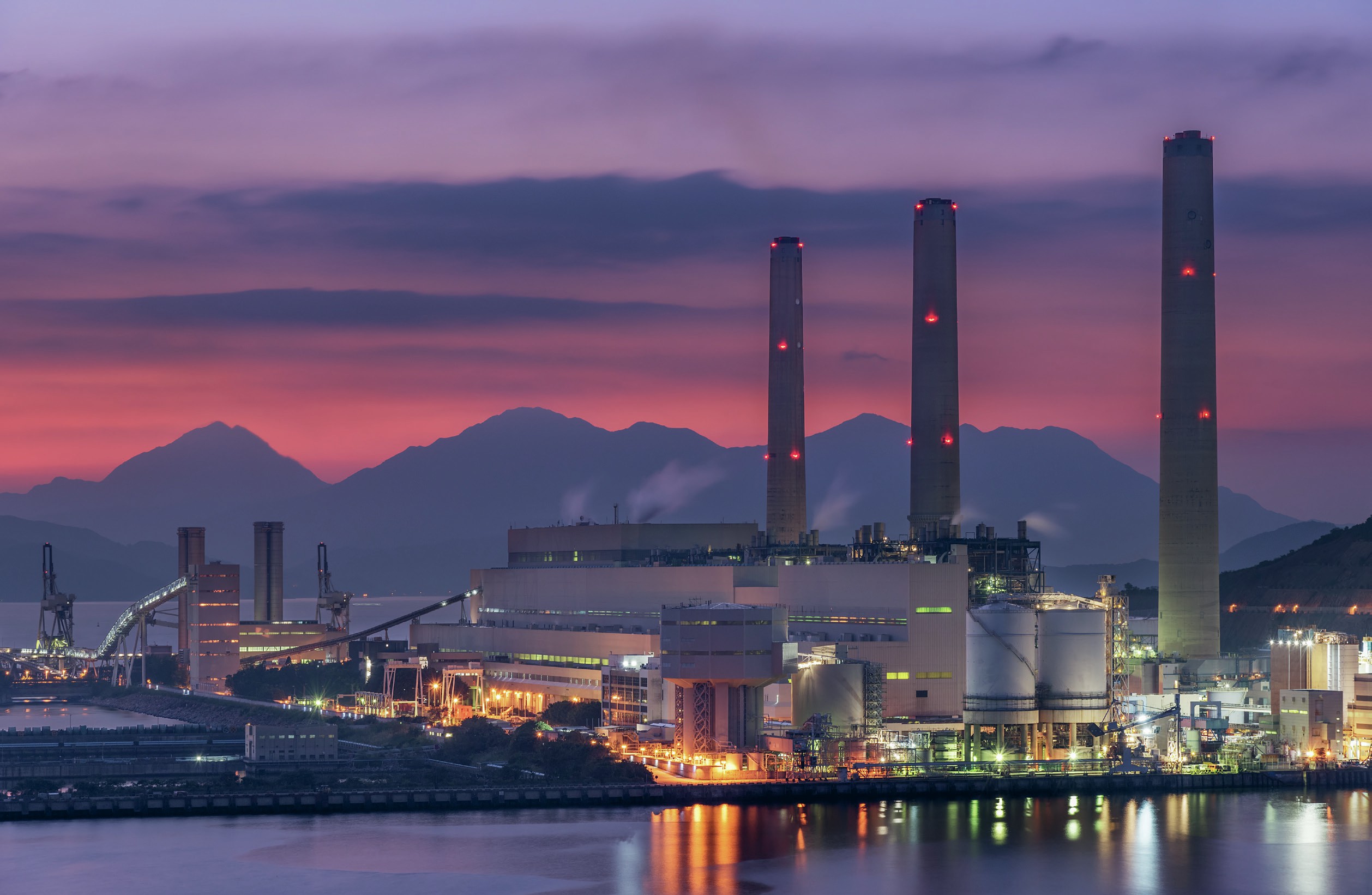
T he authorities set a cap on the combined volume of greenhouse gases that all organisations covered by the EU ETS can emit in a given year. For 2013, this figure in the EU was 2,084,301,856 tonnes of carbon dioxide (CO2 ). The size of this cap declines at a set amount per year.
Once the cap is set, the authorities issue or sell Emission Unit Allowances (EUAs). Each EUA gives an organisation the right to emit 1 tonne of CO2 and the total number of EUAs issued or sold is equal to the size of the cap. All organisations covered by the scheme have to monitor and report their emissions. At the end of the year, they must have enough allowances to cover their emissions or face heavy fines.
Your organisation does not have access to this article.
Sign up today to give your students the edge they need to achieve their best grades with subject expertise
Subscribe




